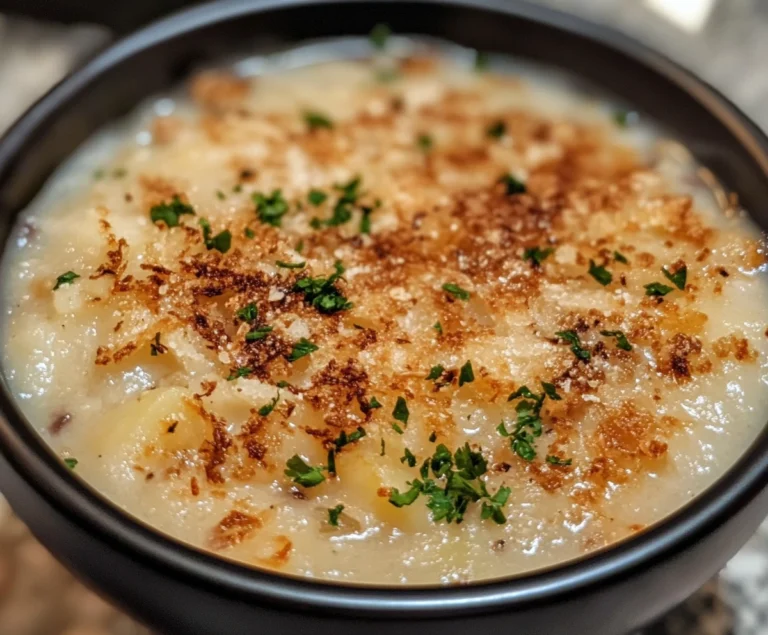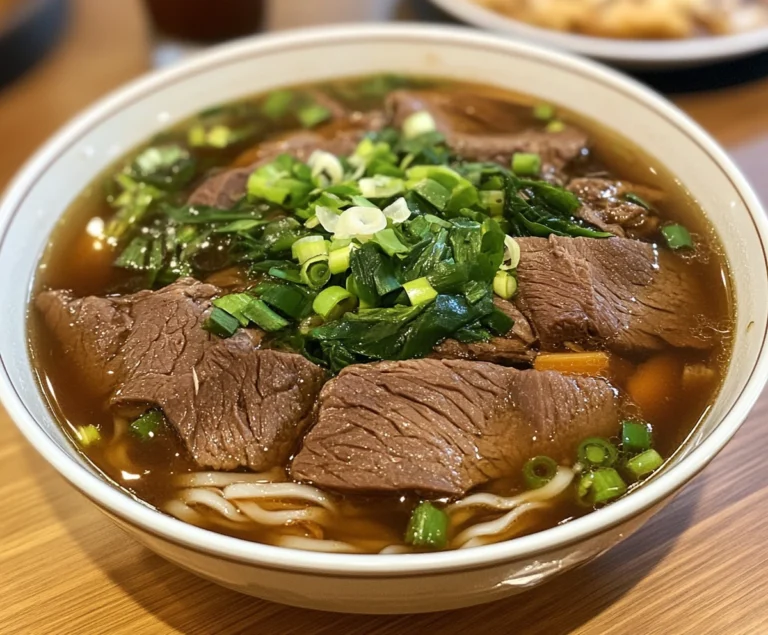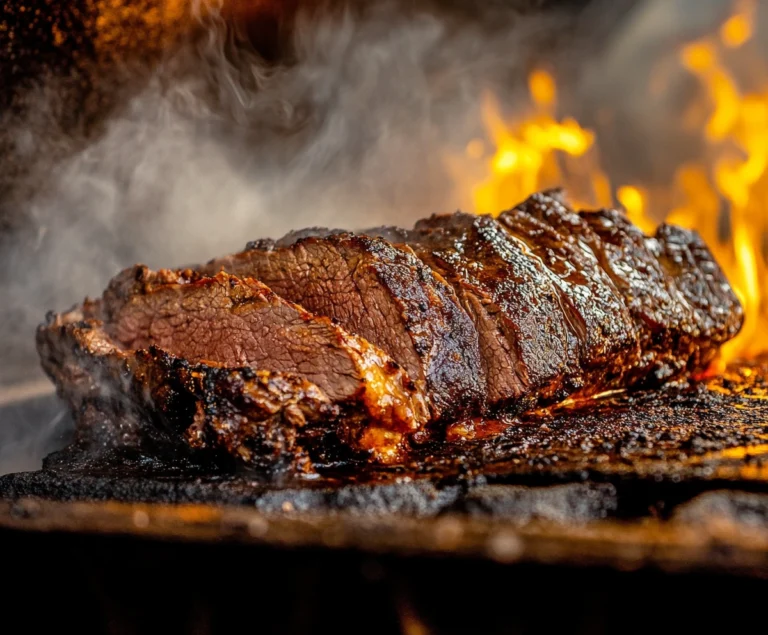The Ultimate Guide to Making Hash Brown Potato Soup
When it comes to comfort food, nothing hits the spot quite like a bowl of potato soup. But if you’re ready to elevate this classic dish, consider adding hash browns into the mix. Hash brown potato soup combines the creaminess of traditional potato soup with the crispy, golden goodness of hash browns, resulting in a textural masterpiece that’s both hearty and flavorful.
In this comprehensive guide, we’ll walk you through everything you need to know to create the perfect hash brown potato soup. From the basic recipe to advanced techniques, popular variations, and useful tips, this article will ensure you can make a bowl of soup that satisfies both your cravings and your creativity.
Table of Contents
- Why Hash Brown Potato Soup?
- Ingredients Overview
- 2.1 Core Ingredients
- 2.2 Choosing the Right Hash Browns
- 2.3 Seasoning and Spices
- Step-by-Step Recipe for Classic Hash Brown Potato Soup
- Nutritional Information
- 4.1 Calories, Fats, and Carbs
- 4.2 Adjusting the Recipe for Dietary Needs
- Popular Variations of Hash Brown Potato Soup
- 5.1 Cheesy Hash Brown Potato Soup
- 5.2 Vegan and Dairy-Free Options
- 5.3 Loaded Hash Brown Soup
- 5.4 Slow Cooker Version
- Pairing Suggestions: What to Serve with Hash Brown Potato Soup
- Storage and Reheating Tips
- 7.1 Best Practices for Storing Soup
- 7.2 Freezing Tips
- 7.3 Reheating for Best Texture and Flavor
- Common Mistakes to Avoid
- Frequently Asked Questions
- 9.1 Can I use fresh potatoes instead of hash browns?
- 9.2 How can I make this soup creamier without adding dairy?
- 9.3 Is hash brown potato soup gluten-free?
- 9.4 Can I make this soup in a slow cooker?
- 9.5 Can I add meat to the soup?
- Conclusion
1. Why Hash Brown Potato Soup?
Potato soup has been a beloved comfort food for centuries. Its origins can be traced to various cultures that used the humble potato as a base for soups due to its availability and affordability. Over time, different variations have developed, from silky-smooth potato bisques to heartier, chunky versions. However, by adding hash browns, we introduce an entirely new layer of texture and flavor to this dish.
Why Add Hash Browns?
Hash browns bring two distinct benefits to this soup:
- Texture: The crispy, golden edges of the hash browns provide a contrast to the creamy soup base. As they soften during cooking, they offer a tender, comforting bite while retaining some texture.
- Flavor: Hash browns bring out a deeper, roasted flavor that pairs beautifully with creamy ingredients like milk, cream, and cheese. Their natural starch content also helps to thicken the soup.
This soup is the perfect balance between hearty and rich, making it ideal for cold winter nights, family gatherings, or simply as a comforting meal after a long day. If you’re a fan of classic potato dishes, you’ll love the addition of hash browns.
2. Ingredients Overview
The beauty of hash brown potato soup is its simplicity. You don’t need complicated or hard-to-find ingredients to create a delicious meal. Below is a breakdown of the core ingredients, as well as options for substitutions and enhancements.
2.1 Core Ingredients
- Frozen Hash Browns: These can be store-bought or homemade. The shredded variety works best for this soup, though you could also use cubed hash browns if you prefer a chunkier texture.
- Onions and Garlic: Essential for adding depth of flavor. Sautéing them until soft releases their natural sweetness.
- Chicken or Vegetable Broth: The broth serves as the base of the soup. Chicken broth adds a richer flavor, while vegetable broth is great for a lighter, vegetarian version.
- Heavy Cream or Milk: For creaminess, we use either heavy cream or whole milk. If you prefer a lighter soup, you can use half-and-half or a plant-based milk alternative like almond or coconut milk.
- Cheddar Cheese (Optional): Sharp cheddar cheese brings a savory, rich note to the soup. It melts beautifully into the broth, enhancing both the texture and flavor.
- Butter or Oil: Used for sautéing the onions and garlic. Butter adds a subtle richness, while olive oil is a healthier alternative.
- Salt, Pepper, and Seasonings: Simple seasonings like salt, pepper, and paprika enhance the natural flavors of the soup. You can also add thyme, rosemary, or a bay leaf for added aroma.
2.2 Choosing the Right Hash Browns
When selecting hash browns for your soup, you have two main options:
- Store-Bought Frozen Hash Browns: These are convenient and consistent in texture. They save time and provide an even crispiness that works well in the soup.
- Homemade Hash Browns: If you prefer a more natural approach, you can grate fresh potatoes and fry them yourself. Freshly made hash browns tend to be crispier and bring more potato flavor.
2.3 Seasoning and Spices
Don’t limit yourself to just salt and pepper. Depending on the flavor profile you want to achieve, you can introduce various herbs and spices:
- Thyme: Adds a woody, slightly floral note that complements the potatoes.
- Paprika: For a hint of smokiness, paprika is an excellent addition, especially if you’re going for a more rustic soup.
- Cayenne Pepper: If you like a bit of heat, a pinch of cayenne pepper can liven up the dish.
- Rosemary: Works well in small quantities to provide a piney, earthy flavor.
3. Step-by-Step Recipe for Classic Hash Brown Potato Soup
Making hash brown potato soup is a straightforward process. Here is the step-by-step guide:
Ingredients:
- 1 bag of frozen hash browns (about 16 oz)
- 1 large onion, finely chopped
- 2 cloves garlic, minced
- 4 cups chicken or vegetable broth
- 1 cup heavy cream or milk
- 2 tbsp butter or olive oil
- Salt and pepper, to taste
- Optional: 1 cup shredded cheddar cheese, bacon, chives for garnish
Instructions:
Step 1: Sauté the Onions and Garlic
Heat butter or olive oil in a large pot over medium heat. Add the chopped onion and cook for 5-7 minutes until soft and translucent. Add the garlic and cook for another minute, being careful not to burn it.
Step 2: Add the Hash Browns
Add the frozen hash browns to the pot, stirring them into the onion and garlic mixture. Let them cook for 5 minutes, allowing some of the hash browns to brown slightly, which enhances the flavor.
Step 3: Pour in the Broth
Add the chicken or vegetable broth to the pot and bring to a simmer. Stir occasionally and allow the hash browns to soften and break down, about 20 minutes.
Step 4: Stir in the Cream
Lower the heat and slowly stir in the heavy cream or milk. Allow the soup to simmer gently for another 10 minutes, stirring occasionally. If you prefer a thicker soup, you can use an immersion blender to blend some of the soup, leaving chunks of hash browns for texture.
Step 5: Season and Serve
Taste the soup and adjust the seasoning with salt, pepper, and any additional spices you prefer. Ladle the soup into bowls and garnish with cheddar cheese, bacon, or chives if desired.
4. Nutritional Information
Understanding the nutritional profile of your hash brown potato soup can help you make choices that fit your dietary goals. While this soup is rich and comforting, you can make modifications to suit your preferences.
4.1 Calories, Fats, and Carbs
A typical serving of hash brown potato soup (about 1 1/2 cups) contains approximately:
- Calories: 350-450 (depending on the ingredients used)
- Fat: 20-30g (heavy cream and cheese contribute most to the fat content)
- Carbohydrates: 30-40g (mostly from potatoes and hash browns)
- Protein: 10-15g (especially if you add cheese or bacon)
4.2 Adjusting the Recipe for Dietary Needs
- Lower Fat: Replace heavy cream with low-fat milk or a plant-based milk alternative. Reducing or omitting the cheese can also lower fat content.
- Lower Carb: Reduce the portion of hash browns and increase the amount of broth and vegetables like cauliflower or celery.
- High Protein: Adding ingredients like chicken, turkey sausage, or even beans can increase the protein content of the soup.
5. Popular Variations of Hash Brown Potato Soup
This soup is incredibly versatile, and there are endless ways to make it your own. Below are some of the most popular variations.
5.1 Cheesy Hash Brown Potato Soup
For a rich, decadent version of this soup, increase the amount of cheese. Sharp cheddar, gouda, or even parmesan can take the creaminess and flavor to new heights.
- How to make it cheesier: In addition to stirring shredded cheese into the soup, melt more cheese over the top when serving, or add a cheesy crouton for extra texture.
5.2 Vegan and Dairy-Free Options
If you’re avoiding dairy, don’t worry—you can still enjoy this soup. Use a plant-based milk alternative such as almond, coconut, or cashew milk for creaminess. Nutritional yeast is a great vegan substitute for cheese, adding a nutty, cheesy flavor without the dairy.
- Coconut Milk: For a tropical twist, coconut milk adds richness while keeping the soup dairy-free. Just be mindful of the flavor shift, as coconut milk imparts a slightly sweet taste.
5.3 Loaded Hash Brown Soup
If you love loaded baked potatoes, this is the soup for you. Add crispy bacon, sour cream, chives, and extra cheese for a fully loaded experience.
- Toppings: A loaded soup wouldn’t be complete without a generous helping of toppings. Consider bacon bits, green onions, or even jalapeños for a bit of heat.
5.4 Slow Cooker Version
Using a slow cooker to make this soup is incredibly convenient, especially if you’re preparing it for a gathering or want to have dinner ready after a busy day. Simply add all ingredients to the slow cooker, set it on low for 6-8 hours, and come back to a warm, comforting meal.
- Slow Cooker Tip: Add the cream in the last hour of cooking to prevent it from curdling.
6. Pairing Suggestions: What to Serve with Hash Brown Potato Soup
Hash brown potato soup is a hearty dish that can stand on its own, but if you’re looking to complete the meal, here are some great pairing suggestions:
- Crusty Bread: A thick slice of buttered bread or garlic toast is perfect for dipping into the creamy soup.
- Salad: A light, crisp salad with a tangy vinaigrette provides a refreshing contrast to the richness of the soup.
- Grilled Cheese: For the ultimate comfort meal, pair your soup with a gooey grilled cheese sandwich. The combination of melted cheese and creamy soup is unbeatable.
For those seeking a drink to accompany this meal, consider serving a light white wine such as Pinot Grigio, or for a more casual option, a pale ale works well with the richness of the soup.
7. Storage and Reheating Tips
If you have leftovers (or want to make this soup in advance), here are some tips for storing and reheating:
7.1 Best Practices for Storing Soup
- Refrigerate: Place leftover soup in an airtight container and refrigerate for up to 4 days.
- Freezer: This soup freezes well, but be mindful that cream-based soups may change in texture after freezing. To avoid this, freeze the soup without the cream and add it when reheating.
7.2 Freezing Tips
- Portioning: Freeze the soup in individual portions for easy reheating. This makes it more convenient when you need a quick meal.
- Labeling: Always label the soup with the date so you can keep track of how long it’s been in the freezer (up to 3 months).
7.3 Reheating for Best Texture and Flavor
- Stovetop: Reheat the soup slowly over medium heat, stirring occasionally to prevent the cream from separating. If the soup has thickened too much, add a bit more broth or cream to thin it out.
- Microwave: Heat in 1-2 minute intervals, stirring between each interval to ensure even heating.
8. Common Mistakes to Avoid
Making hash brown potato soup is straightforward, but here are some common mistakes to avoid:
- Overcooking the Potatoes: If the hash browns cook for too long, they can break down and become mushy. Be sure to keep an eye on the cooking time.
- Curdling the Cream: Adding cream too early or cooking it at a high temperature can cause it to curdle. Always add cream toward the end of the cooking process and reduce the heat.
- Under-seasoning: Potatoes can absorb a lot of salt, so be sure to taste as you go and adjust the seasoning accordingly.
- Making the Soup Too Thick or Thin: If your soup is too thick, thin it out with additional broth. If it’s too thin, you can blend a portion of the soup to thicken it or add more cheese.
9. Frequently Asked Questions
9.1 Can I use fresh potatoes instead of hash browns?
Yes! Freshly grated potatoes work just as well as frozen hash browns. Simply adjust the cooking time to ensure the potatoes become tender but not mushy.
9.2 How can I make this soup creamier without adding dairy?
You can blend a portion of the soup to create a thicker, creamier texture. Alternatively, using coconut milk or almond milk adds creaminess without dairy.
9.3 Is hash brown potato soup gluten-free?
Yes, most versions are naturally gluten-free. Just make sure the broth you use is labeled gluten-free, as some store-bought broths can contain gluten.
9.4 Can I make this soup in a slow cooker?
Absolutely! Just add the ingredients to a slow cooker and cook on low for 6-8 hours. Add the cream during the last hour to avoid curdling.
9.5 Can I add meat to the soup?
Definitely! Cooked bacon, ham, or sausage make great additions. These meats add both flavor and protein, making the soup heartier.
10. Conclusion
Hash brown potato soup is a versatile and comforting dish that you can easily tailor to your tastes. Whether you stick to the classic recipe or experiment with variations like vegan or loaded options, this soup is sure to become a favorite in your meal rotation. With the tips and techniques provided in this guide, you’re ready to create a bowl of deliciousness that’s perfect for any occasion. So grab your ingredients, get cooking, and enjoy the rich, comforting flavors of hash brown potato soup!
For even more soup inspiration, check out this Hamburger Potato Soup, which offers a hearty variation with added protein and flavor.







